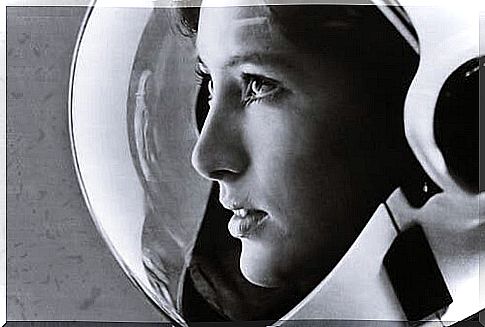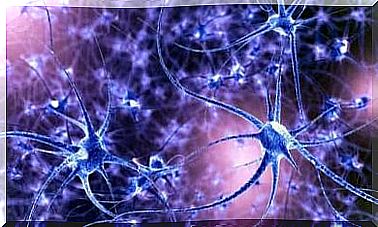Women And Girls In Science: An Equal Future

Sometimes you have to analyze past mistakes to create a better tomorrow. Making a more concentrated effort to include women and girls in science is a key part of this effort to build a more equal future. Until very recently, science has been very male-dominated. But we are slowly moving towards a more authentic equality.
If you ask a girl or boy to draw a scientist, most people will most likely draw the same thing : An old man in a white coat. Think of Doc from Back to the Future . Similarly, if you ask people to name a woman who dedicated her life to science, most people will have difficulty naming anyone other than Marie Curie.
Rita Levi-Montalcini, Lise Meitner, Sophie Germain, or Marie Anne Pierrette-Paulze are not well-known names. Maybe this is because men like Isaac Newton, Benjamin Franklin, Nicola Tesla or Louis Pasteur have completely overshadowed them in the scientific world. Men have always had more opportunities, better positions and greater prestige.
Does this mean that very few women have dedicated their lives to science in human history? Not at all. The problem is that most have been overshadowed by men. A good example is Mileva Marić-Einstein, Albert Einstein’s first wife. According to her biographies, she was a fundamental part of Einstein’s theory of relativity, which ended up winning a Nobel Prize.

Women and girls in science
February 11 is the international day for women and girls in science. The UN established some concrete goals for progress over the next fifteen years, and one of these was to put an end to inequalities.
Science, technology, engineering, mathematics… The presence of women in these fields has increased, which is great. With that said, decisive factors will be able to determine the future of gender equality. Let’s take a closer look at these aspects.
The weight of gender bias
According to UNESCO reports, less than 30% of the world’s scientists are women. In addition, only 3% of female students in higher education choose studies in information and communication technology (ICT). In fact, women make up only 8% of the fields such as science, statistics, mathematics and engineering.
Do women simply not have the skills to work in these fields? Of course they have it. But there is a problem. The real inclusion of women and girls in science requires the eradication of gender inequality. Nowadays, children aged seven to eight have already internalized ideas about what is “girl thing” and what is “boy thing”.
Young children usually imagine male engineers, scientists and university professors. These forms of prejudice must be corrected from a very young age if we are to promote gender equality. Encouraging girls to enjoy science and create curiosity would certainly lead to important changes.

Why aren’t there more women in important scientific jobs?
We must face an undeniable truth. As we move up the ranks of professional development, we see fewer and fewer women. There are more men than women in management positions. Why? In general, the problem is a policy error that promotes equality. Society still views men as more competent.
In addition, the biggest challenge that female scientists often face is being able to reconcile motherhood with their professional careers. Often women cannot take jobs with greater responsibility because there are no mechanisms in place to support working mothers.
There is another important factor to consider. The well-known “Matilda effect”, created in 1993 by the historian Margaret W. Rossiter. According to Rossiter, people tend to recognize the work that men do more than the women do.
Scientific advances and discoveries made by women are often overshadowed. Or even worse; a man ends up getting the credit for a woman’s work. As a result, the female researcher is banned, without being able to fund her work, be published, or promoted.
Women and girls in science: A hopeful future
In short, we should teach girls that they can be whatever they want. Let us open your eyes to the vast world of the cosmos, the small universe of genes, and the wonderful breadth of engineering. The inclusion of women and girls in science requires education and opportunities.
All boys and girls, regardless of their situation or country of origin, should have the opportunity to study whatever they are interested in. After all, passion is what drives scientific and technological progress. Having people in the field who are really interested in their work is what makes it possible for people to advance. If we raise children equally and enable them to develop themselves professionally, without prejudice and obstacles, it is a win-win situation for everyone.









